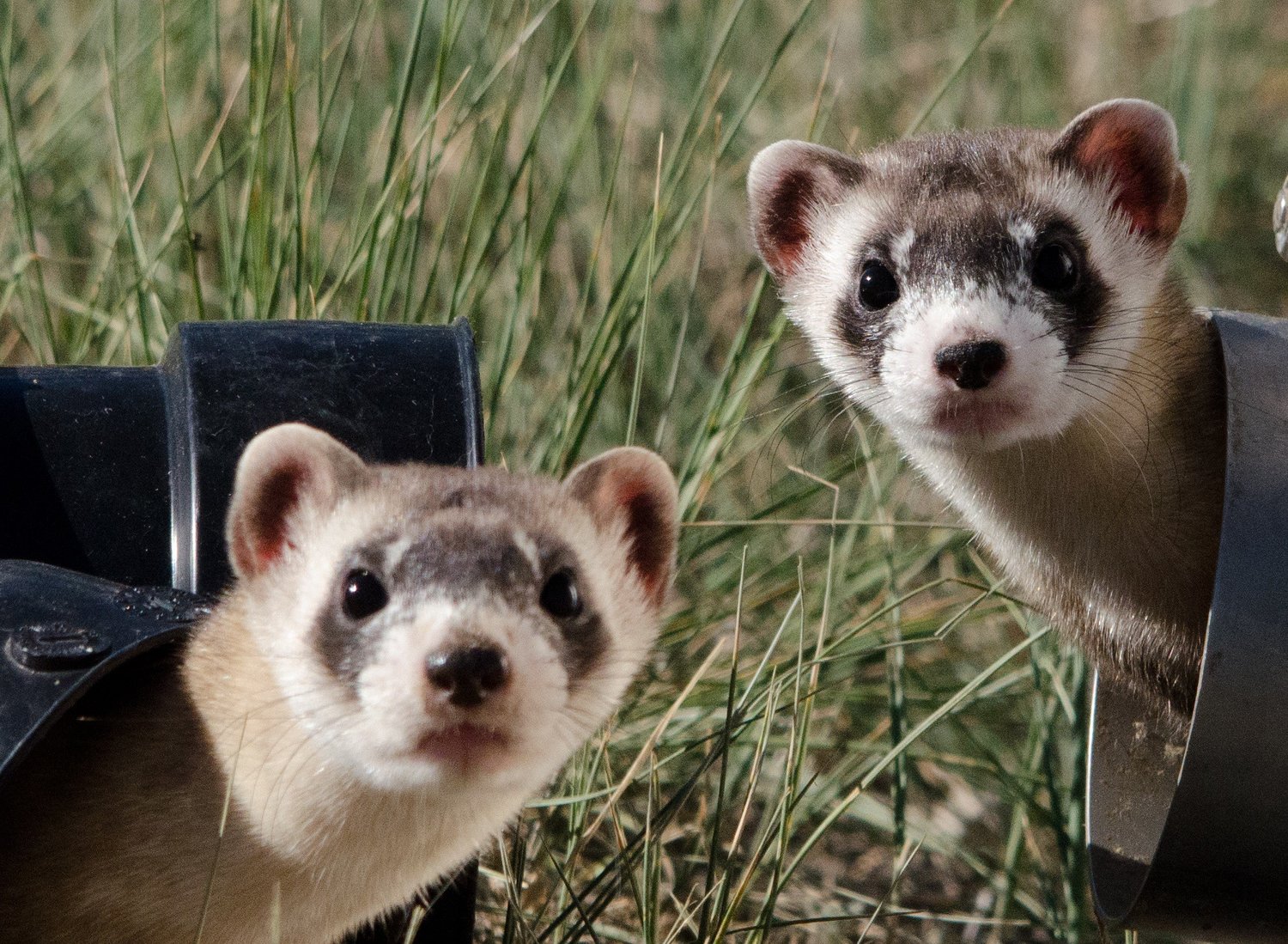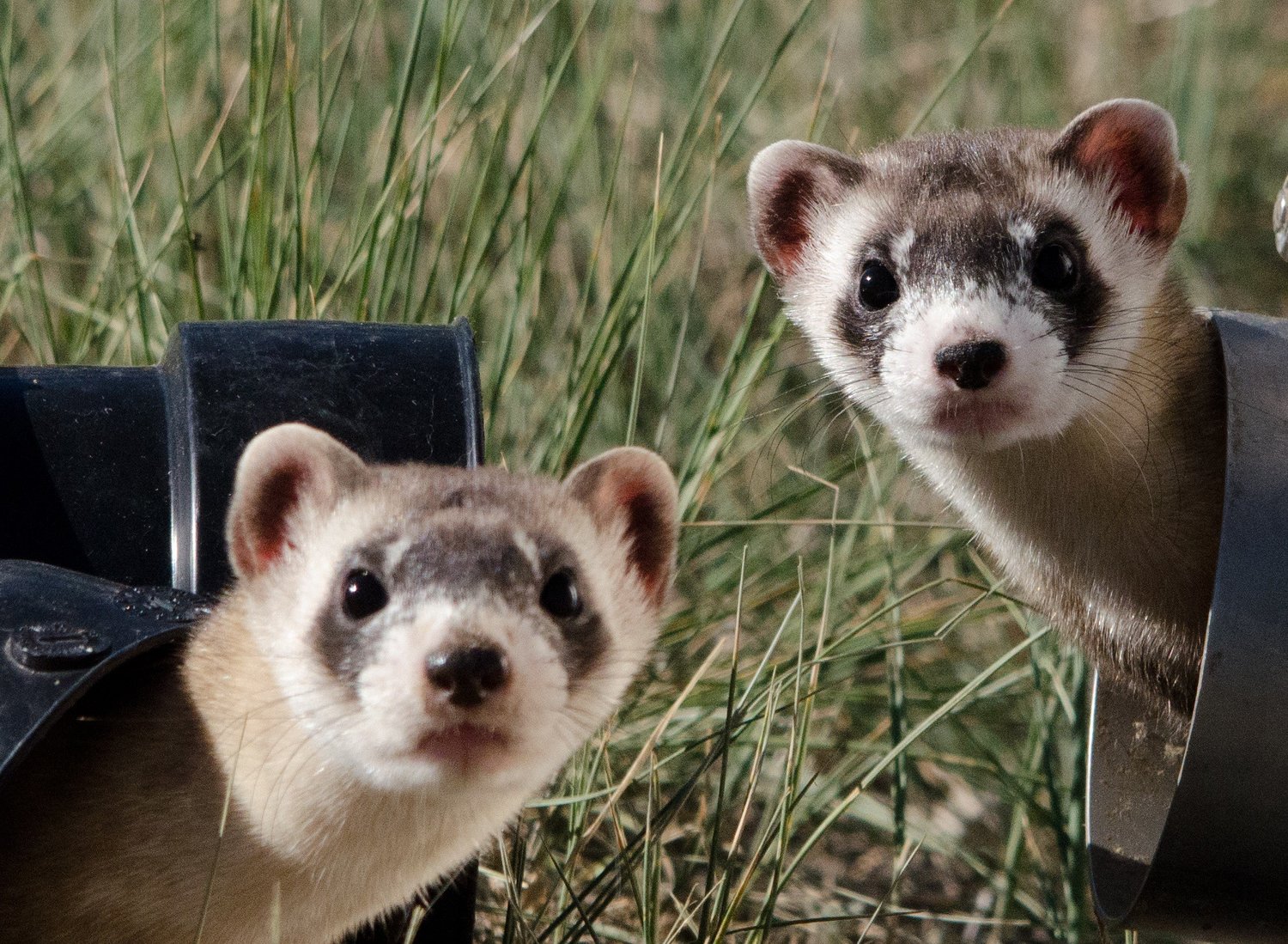The black-footed ferret’s story is a testament to the resilience of the species and the unwavering commitment of those dedicated to their survival. The journey of this enigmatic creature began long before its rediscovery in 1981.
Before 1964, the black-footed ferret silently slipped into the shadows of obscurity. Native to the vast grasslands of North America, their presence was once widespread. However, as the landscape changed due to human activities, their populations dwindled. During the mid-20th century, people believed these small, masked mammals had become extinct.
In 1964, biologists discovered a small population of black-footed ferrets in South Dakota. However, their survival in the wild was precarious, and sadly, these wild ferrets did not thrive. The ferrets scientists captured in hopes of breeding in captivity faced the same grim fate.
It was not until 1981 that fortune provided a second chance for the black-footed ferret. Biologists and conservationists found another small population, igniting a newfound determination. This momentous rediscovery marked the beginning of an extraordinary collaboration launching the Black-Footed Ferret Recovery Program.
Since 1981, the U.S. Fish and Wildlife Service (USFWS), along with a diverse coalition of federal, state, tribal, and nonprofit partners, united their efforts to safeguard the black-footed ferret. Their mission was clear: prevent the extinction of this species and give them a fighting chance at survival.


